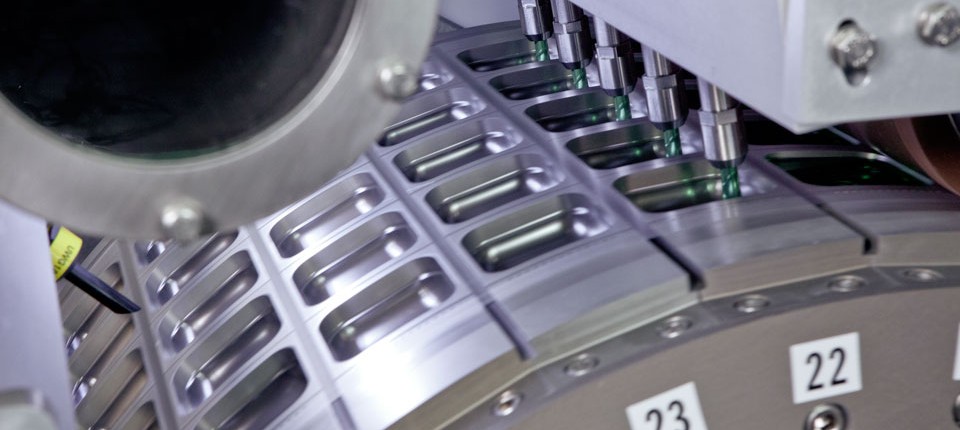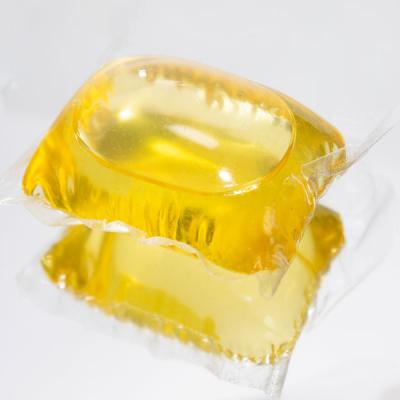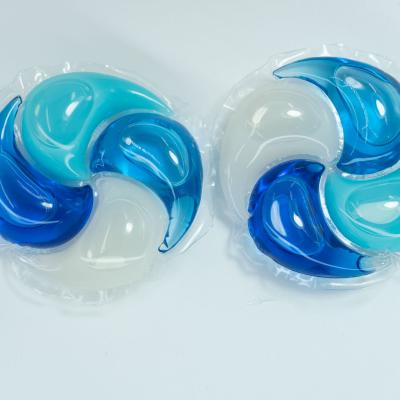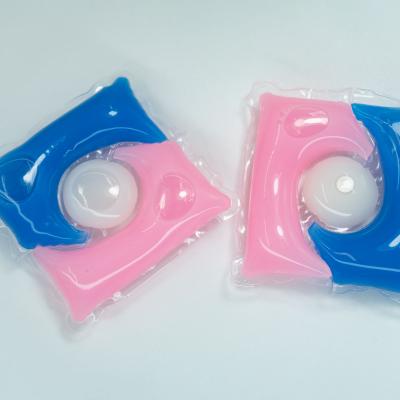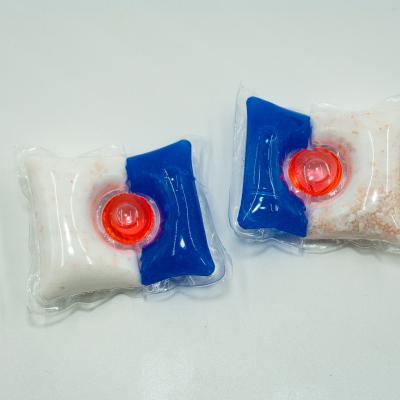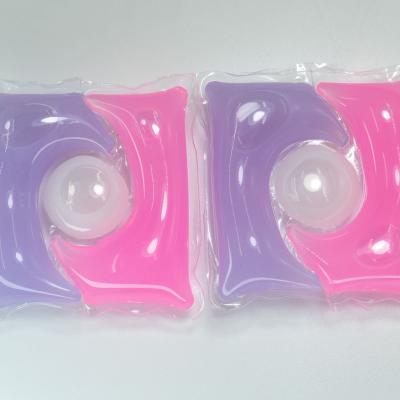The new trend in the detergent market is claims of being plant-based ingredient. Most traditional liquid detergents in the market are formulated using 10 or more ingredients. Each ingredient on itself or in combination will serve a certain purpose in the performance and functionality of the detergent.
Currently the rotary drum pod machines are the most popular and most efficient machines in the industry for mass production of pods. The main advantage of these machines compared to other ones in the market is their speed and efficiency as they do not waste PVA film in the process, but their main disadvantage is the lack of flexibility.
The chemistry of soap manufacturing stayed essentially the same until 1916, when the first synthetic detergent was developed in Germany in response to a World War I-related shortage of fats for making soap. Known today simply as detergents, synthetic detergents are non-soap washing and cleaning products that are "synthesized" or put together chemically from a variety of raw materials. The discovery of detergents was also driven by the need for a cleaning agent that, unlike soap, would not combine with the mineral salts in water to form an insoluble substance known as soap curd.






